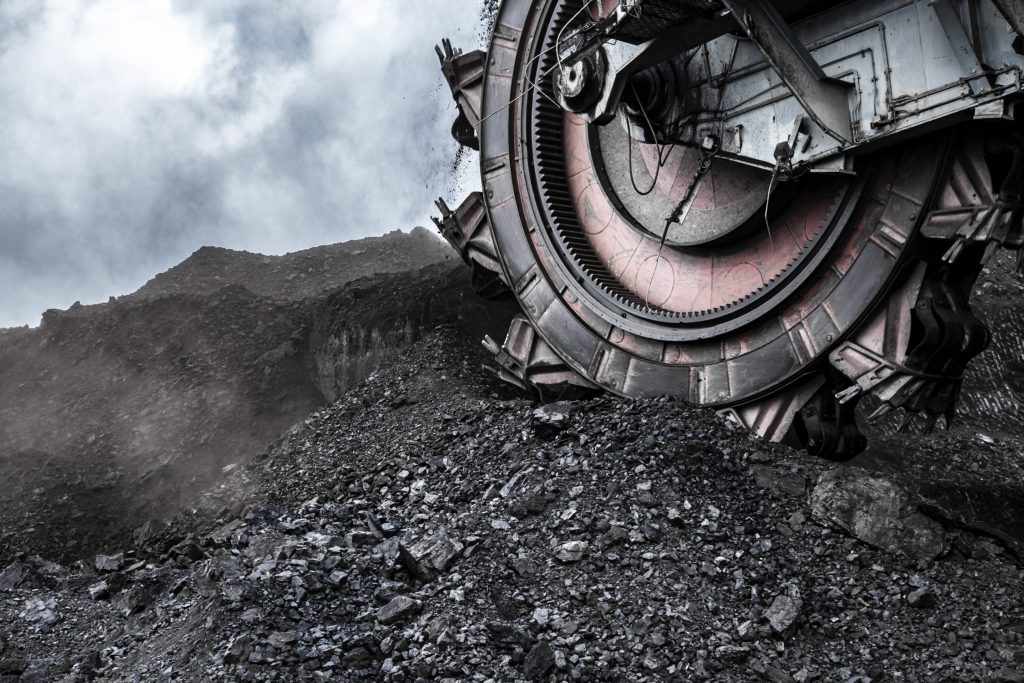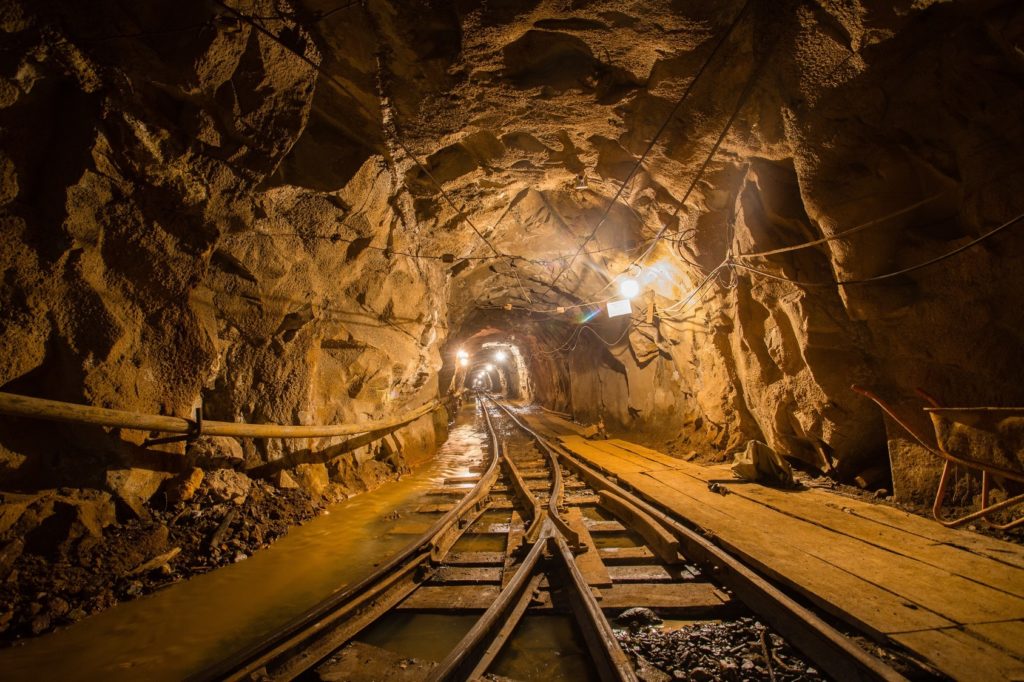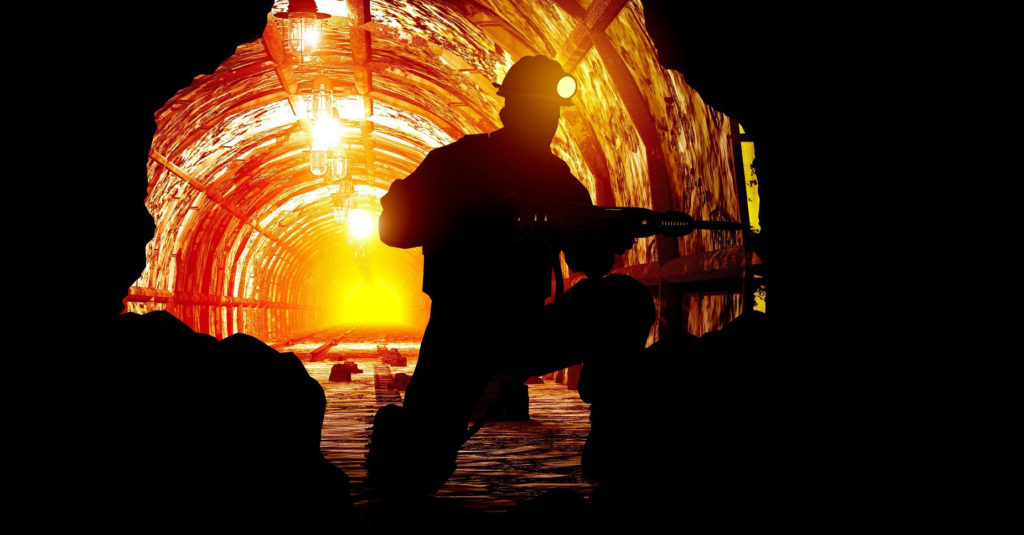- Perspective – July 2021
- Advert : Columbus Stainless
- Industry Insights & Analysis
- Market Intelligence
- Demand Sector
- Advert : NDE
- Market Insight
- Case Study – A Guide to Life Cycle Costing Analysis
- Industry News
- Africa Market Intelligence – Botswana
- Africa Market Intelligence – Nambia
- Profile Passionate Professionals
- Training Overview
- Advertorial : Columbus Stainless Champions Safety Week
- Advertorial : Macsteel Business Transformation focus delivers Independent Ownership
- Obituary
- Advert : Malondi Capital Investments
STAINLESS STEEL A MINING MARVEL
 Stainless steel has been used in the mining industry for many generations as it has many characteristics that make it ideal for mining environments. It can be easily fabricated; it is light in weight but also strong and durable; it is resistant to corrosion; it is easy to clean; and finally, it is a very sustainable material. This article from UK-based Special Piping Materials outlines the value this material can add to one of South Africa’s most valued industries.
Stainless steel has been used in the mining industry for many generations as it has many characteristics that make it ideal for mining environments. It can be easily fabricated; it is light in weight but also strong and durable; it is resistant to corrosion; it is easy to clean; and finally, it is a very sustainable material. This article from UK-based Special Piping Materials outlines the value this material can add to one of South Africa’s most valued industries.
There is an expansive array of advanced equipment and machinery that is required for the mining processes. This equipment needs to be able to withstand harsh environments and be able to perform time and time again. Because of this, stainless steel has been identified by the mining industry as the ideal material to build it from.
OVERVIEW OF MODERN MINING INDUSTRY
The mining industry is thought to be currently experiencing growth, following a period of instability and market volatility. Automation and operational efficiency are now vitally important if the market is to survive. Companies that adopt new technology and prioritise using efficient progressive processes are more likely to thrive than those that don’t.
As mineral resources become scarcer in low-risk mining areas, companies must become proficient in utilising specialised and digital technology to extract minerals in ‘frontier’ areas. This technology includes the following advanced process:
- ‘In-situ leaching’ is a mining process used to recover minerals through boreholes drilled into a deposit.
- ‘Block caving’ is a method of mining underground that uses gravity to locate ore bodies at depth.
- ‘Bio mining’ is a breakthrough technique that used prokaryotes or fungi to extract metals from ores and other solid materials.
- Three-dimensional modellin can be used to create realistic impressions of mines that allow the human brain to better comprehend depth perception and therefore, the mine itself.
- Virtual Reality can be used to immerse people into a mining environment and thus better prepare them for the experience or allow them to efficiently plan a new mine.
- Augmented Reality is a technique that overlays a digital visualisation onto a real-world environment. It can be used within the mining industry to train miners and subsequently reduce maintenance and training costs.
- Geographic Informational Systems allow the mining industry to obtain geospatial data that allows miners to gain insight into a specific mine environment. It can provide data on mineral exploration, geochemical and hydrology data and even sustainability and regulatory compliance.
APPLICATIONS OF STAINLESS STEEL IN THE MINING INDUSTRY
Stainless steel and duplex stainless steel are widely used in the mining industry due to their fantastic properties and benefits, namely their low cost, high strength, lightweight, ability to resist corrosion, durability, and sustainability. Interestingly, stainless steel is also known for being easy to clean due to its smooth surface and it is consequently used to store substances as it reduces the risk of contamination. Stainless steels are incredibly
versatile and can therefore be used for many different applications such as
- Tools
- Drill rigs
- Demolition equipment
- Grinding media
- Mining screens
- Fluidised bed boilers
- Pumps
- Heat exchangers
- Vessels
- Pipes
- Tanks
- Cathode plates
- Mass excavators
- Bulldozers
- Shovels
- Crushers
- Workbenches
Many structural components at mining sites are also built from stainless steel. There is a growing demand for duplex steel in this environment. It has a higher strength than carbon steel and an extremely high level of corrosion resistance.
HOW STAINLESS STEEL HELPS TO REDUCE THE ENVIRONMENTAL IMPACT OF MINING
 With the majority of countries around the world looking to decarbonise their energy systems and transition to low emission renewable energy sources, a great opportunity has arisen for the mining industry. This is because low emission energy and transportation systems are more mineral-intensive than their fossil fuel-based counterparts.
With the majority of countries around the world looking to decarbonise their energy systems and transition to low emission renewable energy sources, a great opportunity has arisen for the mining industry. This is because low emission energy and transportation systems are more mineral-intensive than their fossil fuel-based counterparts.
The mining industry must also ensure that it does everything it can to reduce its emissions. Mining companies are increasingly prioritising new systems that will help them do this. Power operations and fleets from renewable energy sources such as electric or hydrogen. This can be done while integrating robust recycling systems into their supply chains.
Efficient ore-processing practices can also help to limit the environmental impact as they reduce the volume of material that has to be transported and processed by potentially hazardous thermal and chemical refining methods. Stainless steel’s strength and ability to resist corrosion makes it the ideal material for pumps, screens, filters, and other equipment that is used in the processing of mineral ores and concentrates.
Further to this, stainless steel is theoretically 100% recyclable and has an extremely long life, even in harsh environments. When the end of life is reached by stainless steel, it can also be an extremely useful recyclable product. In addition, the main alloying elements in stainless steel – chromium, nickel, and molybdenum – are highly valuable and can be efficiently separated and then reused.
Reproduced courtesy of Special Piping Materials UK (www.specialpipingmaterials.com/stainless-steel-and-the-mining-industry )
SASSDA’S VIEW FROM THE ‘COALFACE

Sassda Acting Executive Director Michel Basson gives a local view on the potential for the
use of stainless steel in mining…
Q. What is the traditional use of stainless steel in the South African mining sector and which specific grades are best suited to this application?
A. Traditional uses would be in corrosive and mining process environments areas such as water treatment, chemical treatment and structural 3CR12) was originally developed for the mining industry.
Q. Please could you elaborate on why this grade is recommended – does the cost outweigh the benefits?
A. 3CR12 has proven itself in various case studies to be in the order of 50% more cost-effective than coated mild
steel over the full product lifespan. We can now calculate in tangible terms what these cost savings can be.
Q. Where does the greatest potential lie for the use of stainless steel within new applications in the mining sector?
A. Through LCC stainless steel shows itself to be in theory a cost-effective alternative in virtually all mining applications. Future areas for growth would be in water treatment, water bulk storage, and water transfer.
Q. Why do these hold the greatest potential. Is stainless steel currently under-utilised there?
A. Even though stainless steel is used where there is no alternative, it is believed that the life cycle cost benefits associated with effective material grade selection create huge scope for stainless steel usage to grow in the mining sector. The utility grades have large potential in structural applications and areas with corrosion-induced wear.
Q. Is Sassda working with any other entities to champion/further the use of stainless steel in the mining sector?
A. We are currently in the planning stages of a CPD accredited half-day workshop on grade 3CR12. Focused on fabrication and applications, it would be hosted throughout Africa in collaboration with the SAIW. The continental mining sector will be targeted. Sassda has three other training products that would apply to the sector: The Fundamental Course, Stainless Steel in Corrosive Conditions and Stainless Steel in Drinkwater Applications.
Q. What opportunities are there for stainless steel usage beyond South Africa’s borders in other African mining projects. Please provide a list of these countries?
A. There are currently eight countries in Africa that have come together to form the Welding Federation Africa. The SAIW is the driver for this collaboration. The countries currently committed are:
Ghana
Ethiopia
Kenya
Mozambique
Egypt
South Africa
Nigeria
For more information visit www.weldfa.org

